In your baby’s first year of life, you would have seen tremendous physical growth and development. At around one-year-old, you will start to notice more of your baby’s social development as she explores the world around her.
Is your child developing on track? While development milestones are not to be taken rigidly, it is helpful to be aware of how your child should be behaving by a certain age so that early intervention can be taken.
Dr Mas Suhaila Isa from Kids Clinic, Singapore Medical Group, highlights possible red flags in a child’s social development.
One-Year-Old
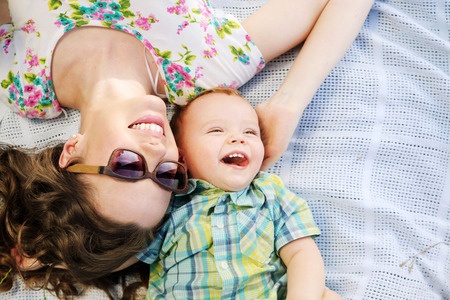
- Communication
Your child will mostly try to get your attention and communicate by pointing at objects. She may make some familiar sounds and try to express her desire. She will also be able to recognise and respond to simple words and commands. Your child may call for you, babble or give flying kisses!
- Sense of surroundings
Your child is able to recognise familiar faces, such as family members, grandparents and caregivers. Her actions would show whether she is happy to see them or wary of a stranger. When someone she likes leaves the room, your child may cry or show anxiety. Separation anxiety happens around 9 to 18 months old when the child gets upset when you are not around.
- Social interaction
You are your child’s preferred playmate – she will imitate your actions and get your attention. This is a good time to start getting your child to do simple tasks like putting her toys away. Your child can also be encouraged to pass objects back and forth or show a toy to a playmate.
- How you can help your one-year old
You can be supportive of your one-year-old by giving her the attention and looking at what she is trying to show you. You can show that you are friendly with the caregivers so that your child will be at ease when left alone with them.
Red flags
If you notice that your child is always indifferent to who is around or taking care of her, you should flag this to the doctor. Dr Mas points out that other red flags also include lack of participating in social games like peekaboo or if the child seems to have lost certain social interaction behaviours such as smiling.
Two-Years-Old
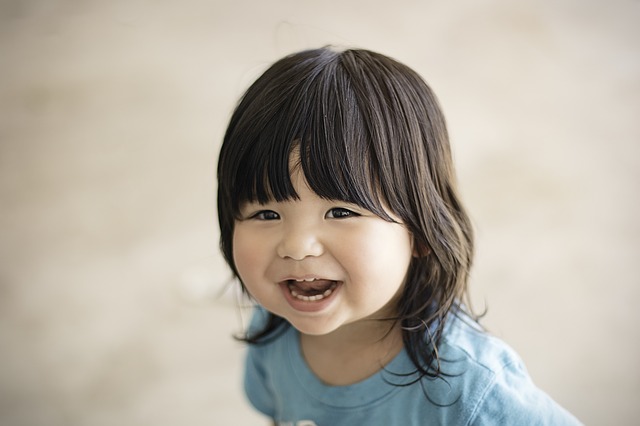
- Communication
Your child is able to speak in short sentences, with a vocabulary of about 300 words. She is also able to understand slightly more difficult instructions such as going to a room and bringing something back. She may begin to say ‘no‘ more frequently to your commands.
- Sense of surroundings
Your child is able to understand object permanence, so you may find that playing peekaboo is no longer fun for her! She likes to explore covered areas such as boxes, drawers and able to understand what things around the house are used for.
- Social interaction
Your child now desires more autonomy and starts to do things on her own, such as dressing up and feeding. She may prefer make-believe games and still like to play with you.
This is also the age of more frequent temper tantrums as your child starts to experience a range of different emotions, desire autonomy, deal with fears and learn to play with others. She will also be able to play alone without showing anxiety.
- How you can help your two-year old
You can be supportive of your two-year old by giving her the chance to dress and feed herself, even if it takes longer or messier or both! You can also plan playdates as your child will be able to engage in parallel play. Routine is important to your two-year old as it gives her a sense of security and safety.
Red flags
If your child does not imitate or show any interest in toys or other children, you may want to talk to the doctor. If your child displays behaviours such as banging or throwing toys rather than playing with them or gets upset easily when certain routines are changed, you should also highlight to the doctor, adds Dr Mas. Autism screening by a pediatrician can be assessed even before two years old and early intervention has been studied to be positive.
Three-Years-Old
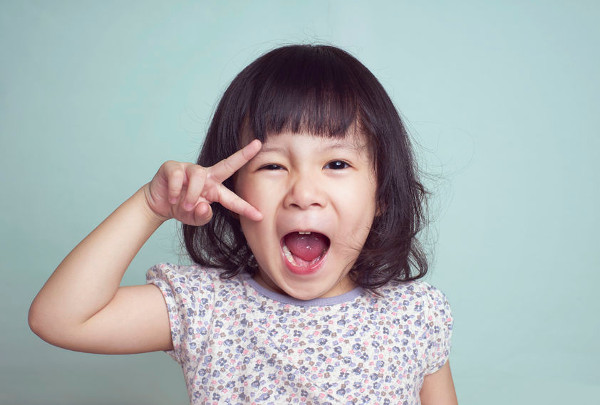
- Communication
Your child knows more (than 500) words and able to communicate a lot more verbally. This also helps to reduce her frustration as parents and caregivers start to understand what she wants better. She is also able to draw simple lines and curves.
- Sense of surroundings
Your child is able to have a better sense of self but may not fully understand other’s feelings. She can say her name, age and knows that certain items such as toys, books and bed are hers. She is able to distinguish what is hers versus someone else’s.
- Social interaction
Your child is able to play with others, including other caregivers and friends. She may have preferred playmates and will look for them at the preschool. While she may still not be able to share fully, there is more playing with (rather than alongside) her friends. She may also show concern to her friend who is crying.
- How you can help your three-year old
You can be supportive of your three-year-old by modelling the right speech and actions, such as saying yes to the right things more often, displaying good manners (saying ‘please’ and ‘thank you’) and sharing.
Red flags
If your three-year-old has extreme difficulties with playing with others, or being left alone or displays fear and anxiety for daily activities, you should highlight to the doctor.
Children at three years of age should be able to play on their own and with friends and notice their own feelings as well as of their playmates, says Dr Mas. Family members and caregivers should be able to communicate and understand the child’s speech.
An outsider should be able to understand about three-quarters of what the child says. If these behaviours are absent or a child seems to be not progressing in their social interaction and communication skills, it is advisable to flag this to the pediatrician.
Developmental screening is part of the regular health screening for your child and if you have a concern, you should raise it with the doctor. Dr Mas suggests that a parent can be familiar with the development screening stated in the health booklet, and also check with the child’s caregiver or teachers on their observations.
If there is a concern to be raised before the next health screening, the child can be brought to a polyclinic for a referral or to a general pediatrician. Depending on the assessment results, the child will be recommended to be seen by a developmental pediatrician for formal psychological assessments if necessary, and in some cases, hearing assessments.
By Marcie Mei.
If you liked this story, show some love by liking and sharing it at the bottom of the post.
Like what you read and want more? Receive our latest articles and giveaways when you sign up on our mailing list here.


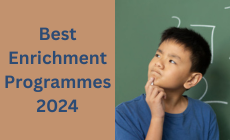

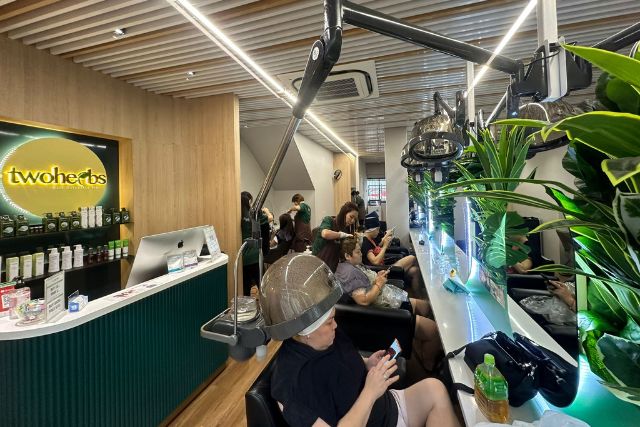

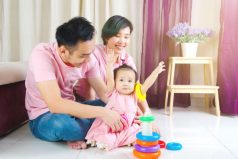
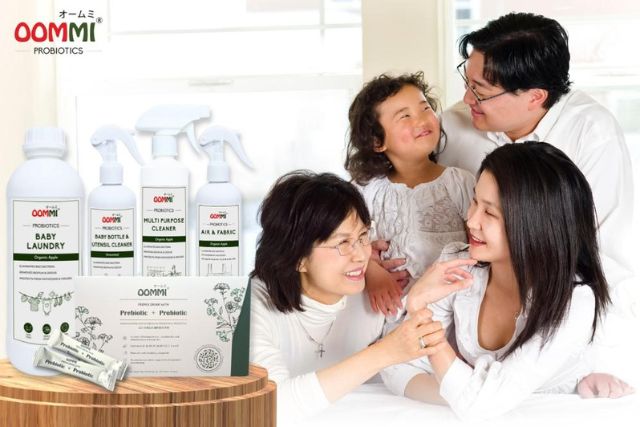
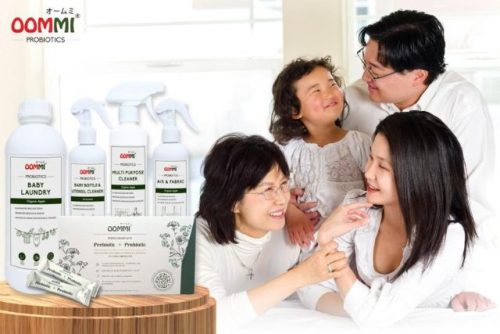

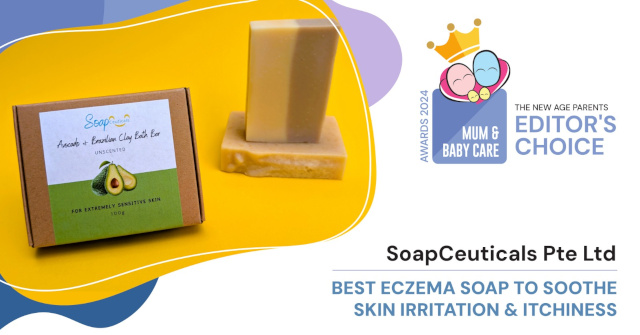

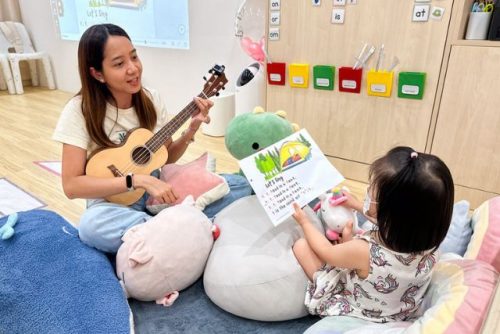

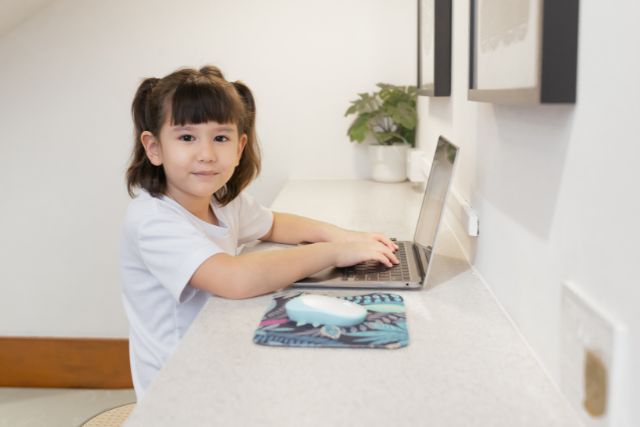
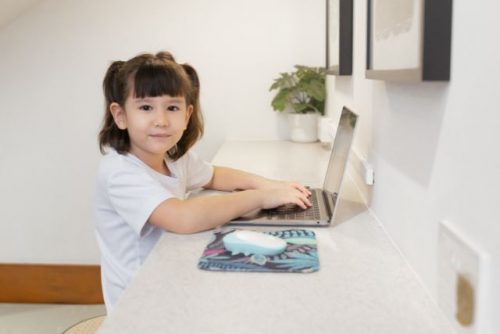
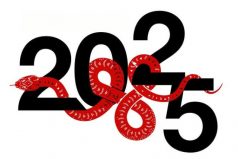
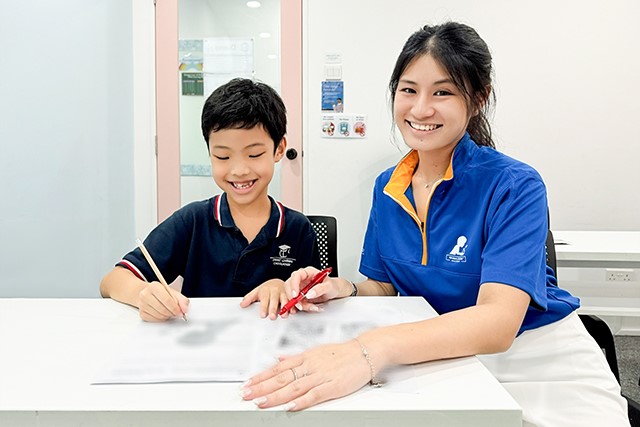
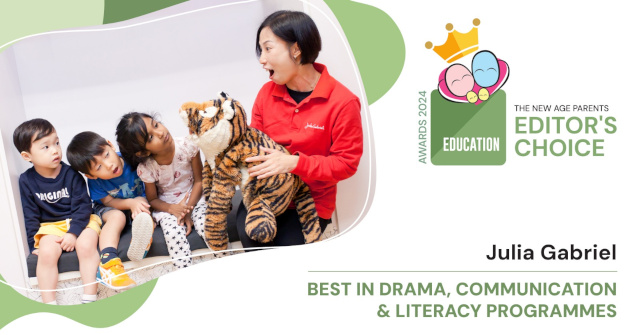


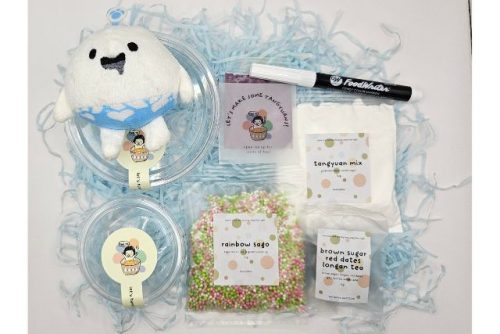





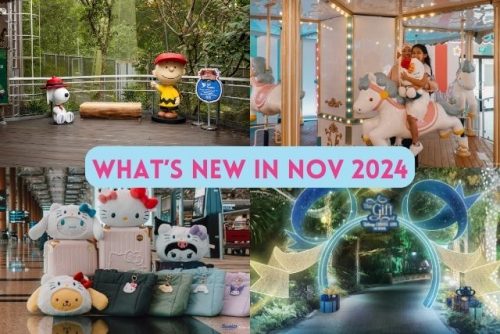


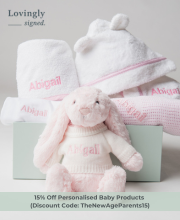




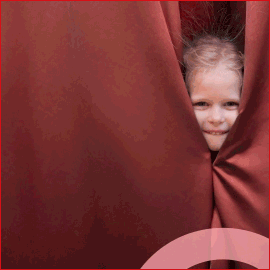

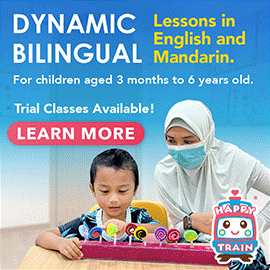

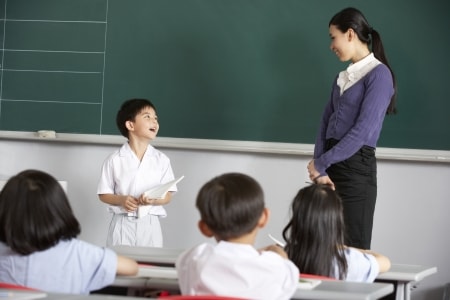
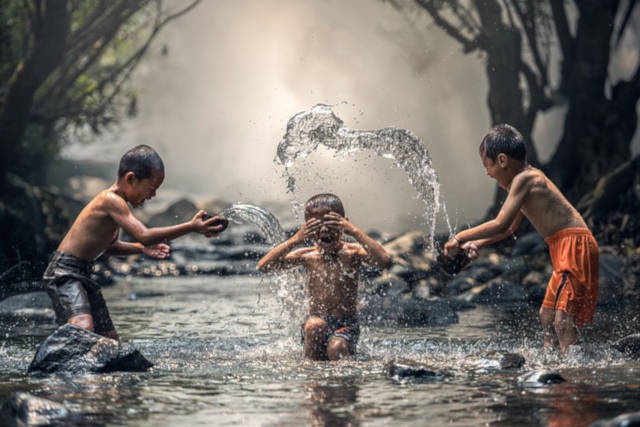
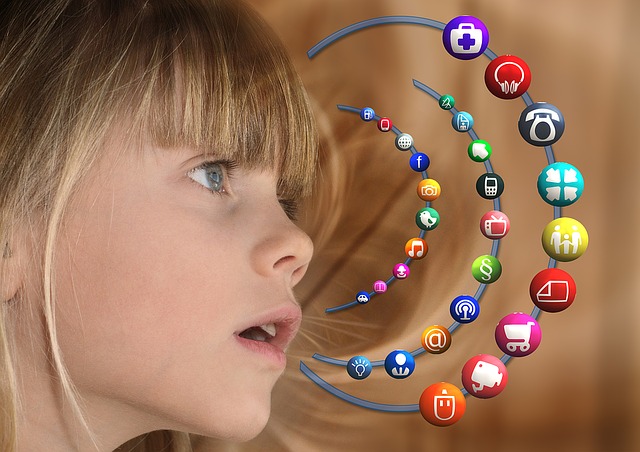
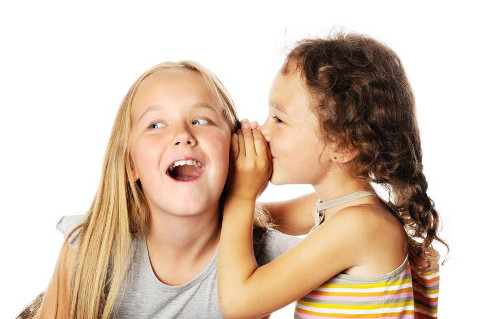
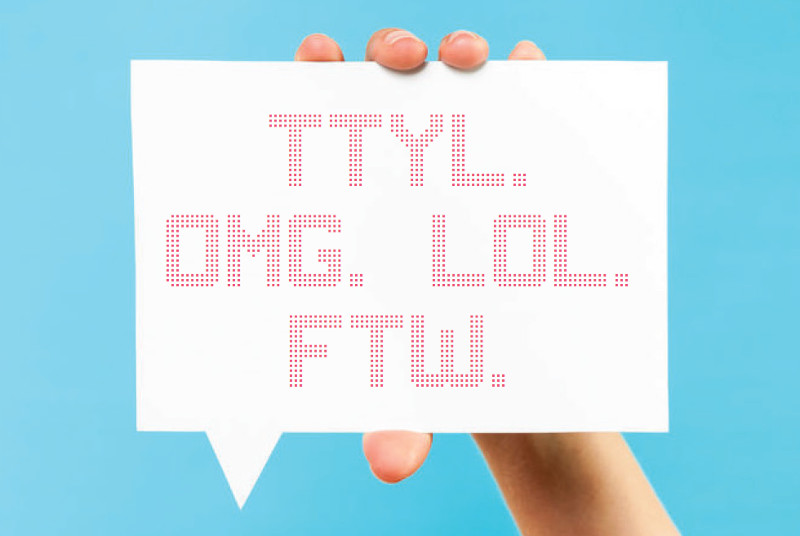
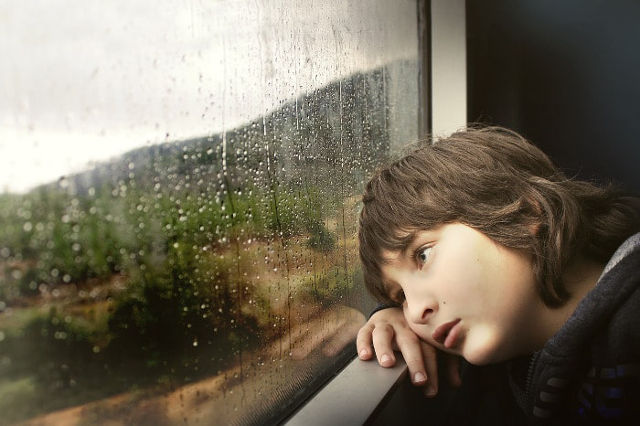
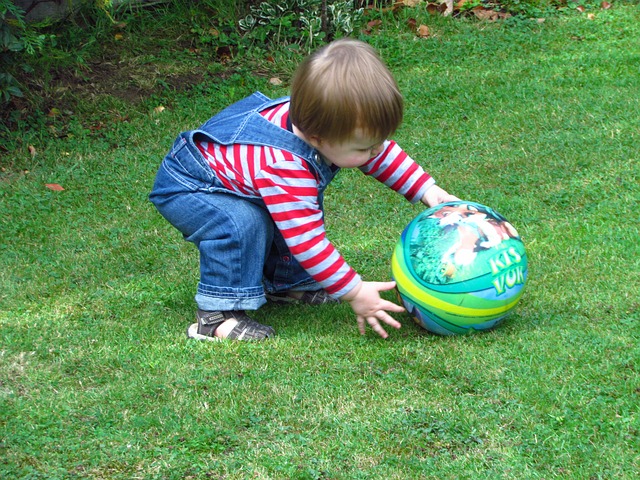
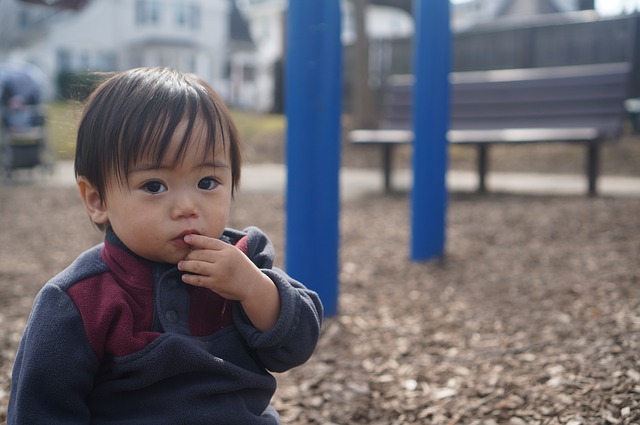
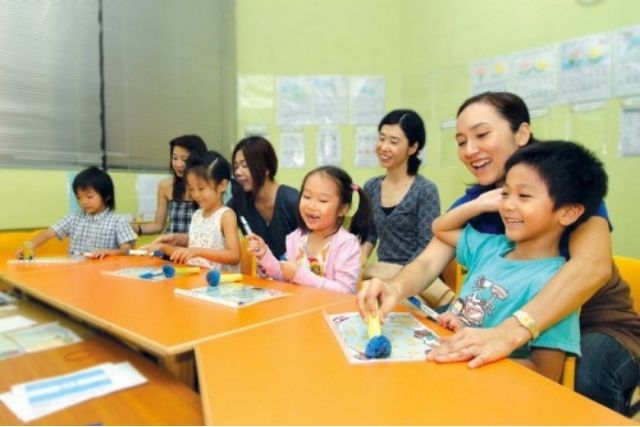
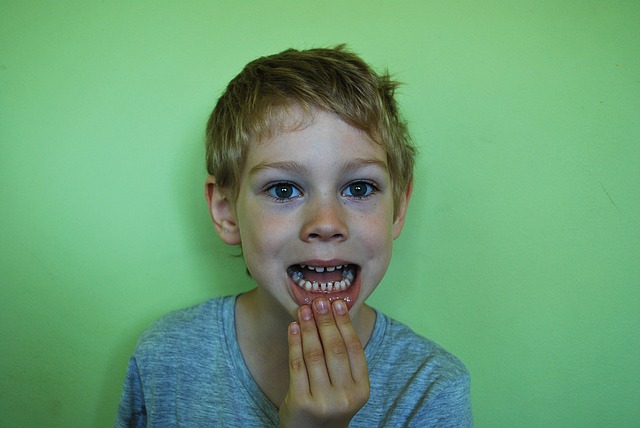
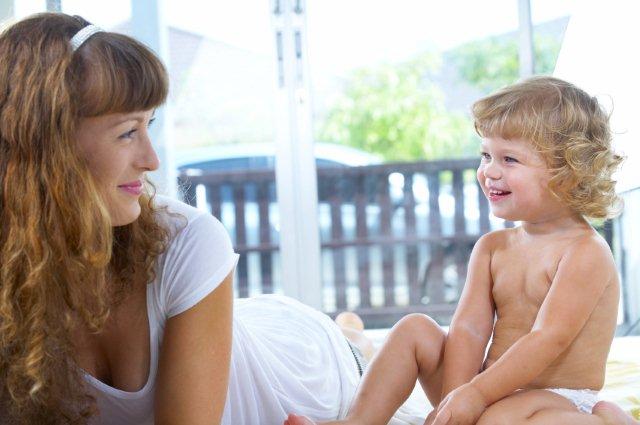
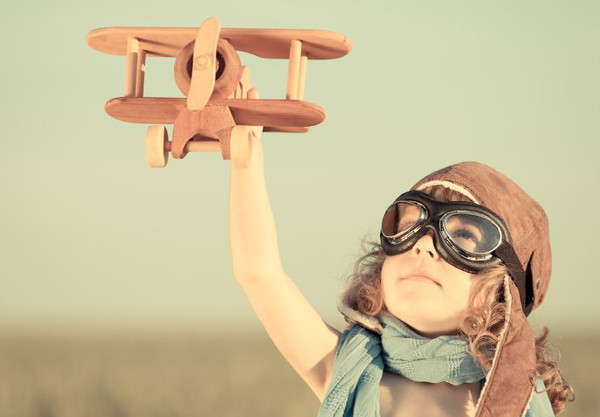









Leave a Comment: